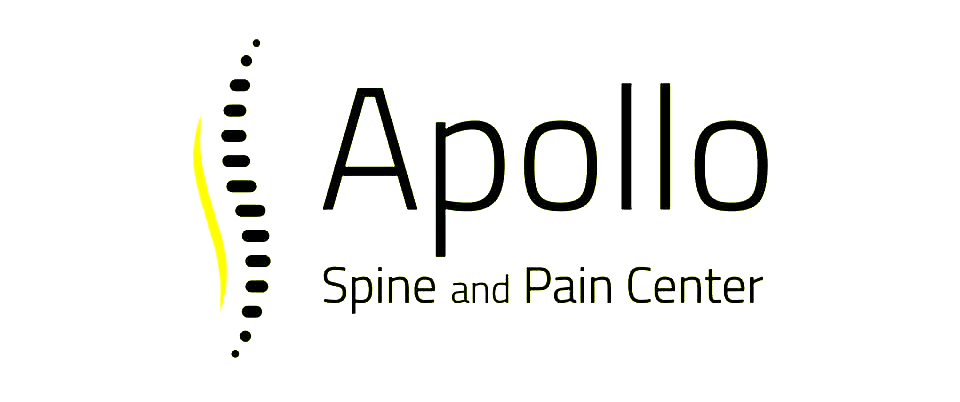Treating Sciatica: What You Need to Know
Sciatica is a common condition that affects many people. It is characterized by pain that radiates along the sciatic nerve, which runs from your lower back through your hips and buttocks and down each leg. The pain of sciatica is often described as a sharp, shooting pain that can make it difficult to walk, sit, or even stand. Understanding what sciatica is and how it can be treated is key to managing this painful condition.
Sciatica can come on suddenly or develop over time. It is often caused by a herniated disc, bone spurs on the spine, or narrowing of the spine (spinal stenosis). These conditions can compress the sciatic nerve, leading to inflammation, pain, and often some numbness in the affected leg. People who have sciatica can experience a range of symptoms, from mild discomfort to severe pain that limits their ability to perform everyday activities.
Managing sciatica involves a combination of treatments. From simple lifestyle changes and non-surgical methods to advanced interventional techniques and, in some cases, surgery, there are many ways to treat and relieve sciatica pain. This article will delve into the causes and risk factors of sciatica, and explore both non-surgical and surgical treatments to help you find the relief you need.
What Is Sciatica? Understanding the Basics
Sciatica refers to pain that travels along the path of the sciatic nerve. This nerve branches from your lower back through your hips and buttocks and down each leg. Sciatica usually affects only one side of your body. The pain can range from a mild ache to a sharp, burning sensation. Some people also experience numbness, tingling, or muscle weakness in the affected leg or foot.
The discomfort associated with sciatica can be severe, but it usually resolves with mild treatment in a few weeks. For some, however, it can become a chronic condition. Understanding the basics of sciatica is essential to finding the right treatment and relief. Its key characteristics include radiating pain, typically on one side, and varying from dull aches to sharp pains. Knowing this helps in distinguishing it from other types of lower back pain.
Sciatica isn’t a medical diagnosis in itself; it is a symptom of an underlying medical condition. This could be a herniated disc, spinal stenosis, or other issues that compress the sciatic nerve. Treating the root cause is crucial for long-term relief and management of the symptoms.
Common Causes and Risk Factors of Sciatica
Common Causes:
1. Herniated Disc: One of the most common causes of sciatica. When a disc in your spine becomes damaged and presses on the sciatic nerve, it can cause intense leg pain.
2. Spinal Stenosis: This is a narrowing of the spinal canal that puts pressure on the nerves, including the sciatic nerve.
3. Piriformis Syndrome: When the piriformis muscle in the buttocks spasms or tightens, it can put pressure on the sciatic nerve.
4. Degenerative Disc Disease: Discs naturally wear down as we age. If the discs in your lower back wear down, they can irritate the sciatic nerve.
5. Spondylolisthesis: This occurs when a vertebra slips forward over another one. If the lower spine slips, it can pinch the sciatic nerve.
Risk Factors:
1. Age: Age-related changes in the spine, such as herniated discs and bone spurs, are the most common causes of sciatica.
2. Obesity: Excess body weight increases the stress on the spine, which can contribute to changes that cause sciatica.
3. Occupation: Jobs that require lifting heavy objects, prolonged sitting, or twisting the spine may contribute to sciatica.
4. Prolonged Sitting: People who sit for long periods or lead a sedentary lifestyle are more likely to develop sciatica than active people.
5. Diabetes: This condition increases the risk of nerve damage. If diabetes damages the sciatic nerve, it can lead to sciatica.
Identifying these causes and risk factors can help in both preventing sciatica and seeking appropriate treatment when it does occur. Recognizing the root causes allows for more targeted interventions and effective relief. Understanding and mitigating risk factors can also help in managing and preventing the condition from becoming chronic.
Non-Surgical Treatment Options for Sciatica
Several non-surgical treatments can help manage and relieve sciatica pain. These methods often focus on reducing inflammation, improving mobility, and alleviating pressure on the sciatic nerve.
Physical Therapy:
- Exercises: Physical therapists can design a fitness program tailored to your needs. Exercises that strengthen the back, legs, and core muscles can support the spine and relieve sciatica pain.
- Stretching: Stretching exercises can help improve flexibility and reduce tension in the muscles surrounding the sciatic nerve.
Medications:
- Pain Relievers: Over-the-counter pain medications like ibuprofen and acetaminophen can help reduce pain and inflammation.
- Muscle Relaxants: These can be prescribed to alleviate muscle spasms that may be contributing to the pain.
Alternative Therapies:
- Chiropractic Care: Spinal adjustments can help relieve pressure on the sciatic nerve.
- Acupuncture: This traditional Chinese medicine technique may help reduce sciatica pain by stimulating different points on the body.
- Heat and Cold Therapy: Alternating between heat and cold packs can reduce inflammation and provide temporary pain relief.
By utilizing these non-surgical treatments, many people can manage their sciatica symptoms effectively without resorting to more invasive procedures.
Interventional and Surgical Treatments for Sciatica
When non-surgical methods do not provide enough relief, interventional and surgical treatments may be necessary. These approaches target the root cause of sciatica and provide more significant pain relief.
Interventional Treatments:
1. Epidural Steroid Injections: These injections deliver powerful anti-inflammatory medication directly to the area surrounding the sciatic nerve. This can reduce inflammation and alleviate pain.
2. Nerve Blocks: Nerve blocks involve injecting medication around the nerves to interrupt pain signals. This provides temporary relief and helps identify the source of pain.
3. Radiofrequency Ablation: This technique uses radio waves to generate heat and destroy nerve fibers responsible for sending pain signals. It is effective for long-term pain relief.
Surgical Treatments:
1. Microdiscectomy: This minimally invasive surgery involves removing the herniated part of a disc that is pressing on the sciatic nerve.
2. Laminectomy: In this procedure, part of the vertebra called the lamina is removed to enlarge the spinal canal and relieve pressure on the nerve.
3. Spinal Fusion: This surgery fuses two or more vertebrae together to provide stability and reduce pain from movement.
Choosing the right treatment depends on the severity of your symptoms and the underlying cause of your sciatica. Consulting with a specialist at Apollo Spine and Pain Center can help determine the most suitable approach for your condition.
Conclusion
Living with sciatica can be challenging, but understanding your condition and treatment options makes it easier to manage. There are many ways to tackle sciatica, from non-surgical methods like physical therapy and medications to interventional and surgical treatments. The goal is to alleviate pain and improve your quality of life.
Sciatica isn’t just a pain in the back; it affects all areas of daily living. It can limit your mobility and make simple tasks difficult. However, with the right treatment plan, you can reduce pain and return to your normal activities. Managing sciatica often requires a combination of treatments tailored to your specific needs.
If you are tired of living with the pain and discomfort of sciatica, reach out to Apollo Spine and Pain Center today. Our expert team is ready to help you find the best treatment options to improve your quality of life. Don’t let sciatica hold you back any longer—contact Apollo Spine and Pain Center now to start your journey to pain relief. Learn more about
sciatica injections!












